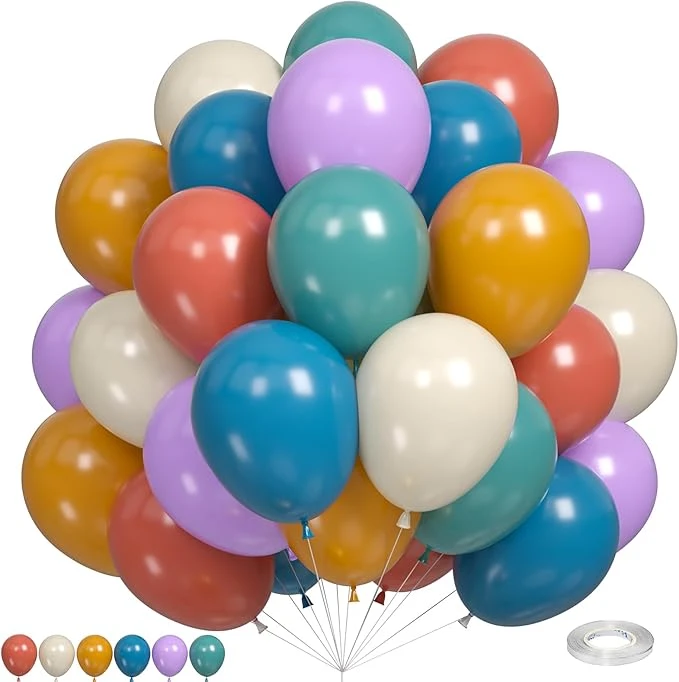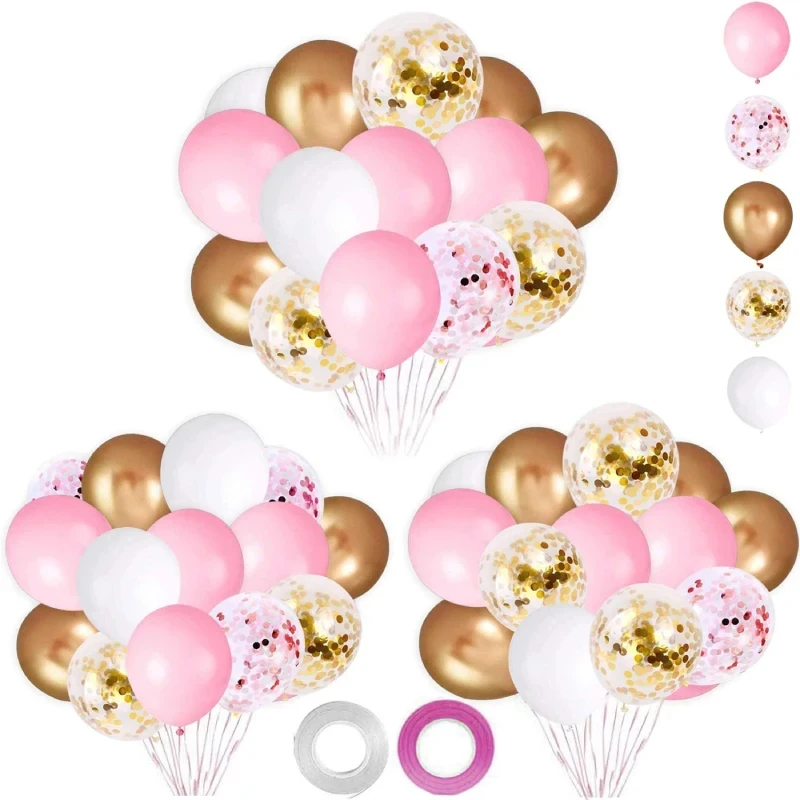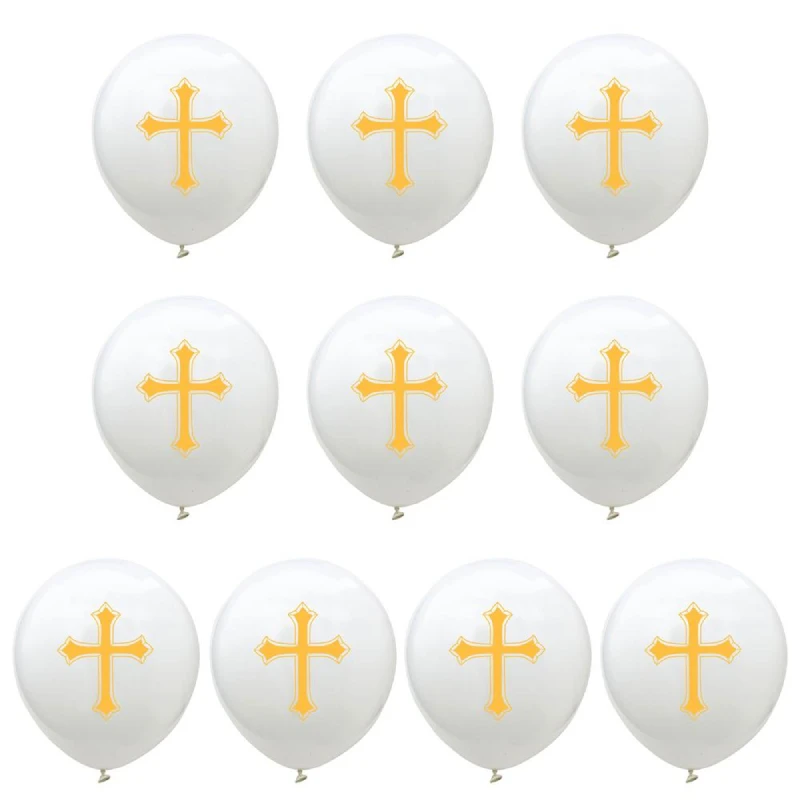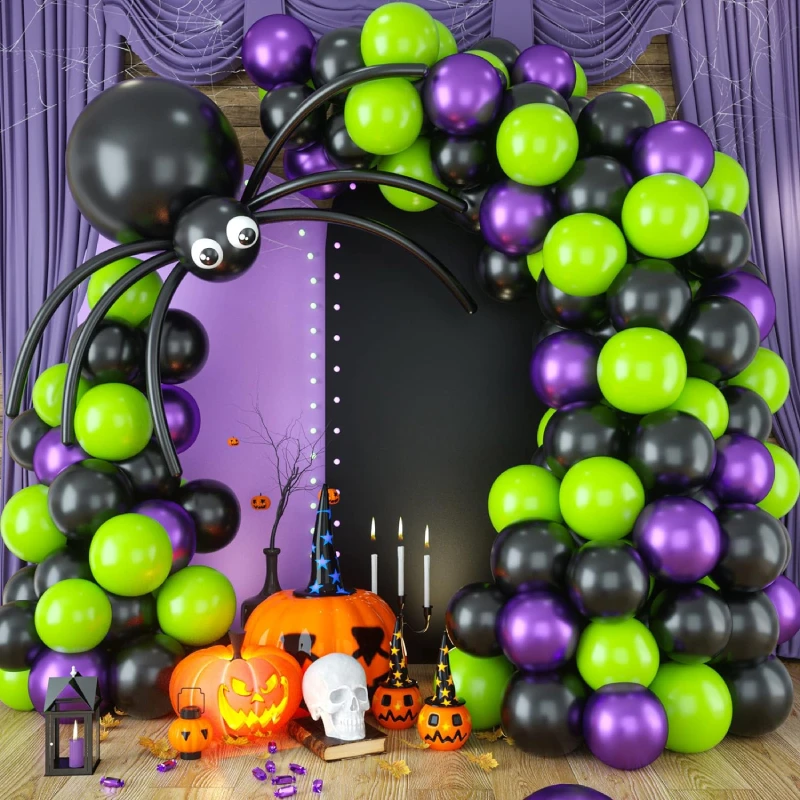Eco-Friendly Colorful Latex Balloons
The vibrant tradition of decorating with colorful latex balloons faces growing environmental scrutiny, prompting a transformative shift toward sustainable alternatives. As consumers increasingly demand eco-conscious celebrations, the party industry reimagines these festive staples – from production methods using plant-based pigments to innovative disposal solutions that prevent wildlife harm. This exploration reveals how modern emerald green balloons symbolize environmental progress while traditional red latex balloon hues evolve beyond petroleum-based dyes, creating joyous occasions that honor ecological responsibility without sacrificing visual delight.

Emerald Green Balloons: Pioneering Sustainable Pigmentation
The shift toward ecological responsibility manifests most visibly in emerald green balloons, where cutting-edge plant-based pigments replace toxic alternatives:
Botanical Color Extraction
Leading eco-brands now derive verdant hues from chlorophyll-rich sources:
Spirulina algae producing deep forest tones
Nettle leaf extracts creating earthy greens
Matcha tea concentrates yielding vibrant emerald shades
These plant-derived pigments undergo molecular stabilization to resist UV fading while maintaining food-grade safety standards. Unlike conventional dyes, they decompose completely within 12-18 months without releasing heavy metals.
Water-Based Manufacturing
Sustainable emerald green balloons utilize closed-loop water systems during production. Post-dye wastewater undergoes phytoremediation – filtration through constructed wetlands where plants like water hyacinth absorb residual pigments before water recirculation.
Carbon-Neutral Distribution
Forward-thinking manufacturers offset balloon transportation emissions through verified reforestation programs.
Reinventing the Classic Red Latex Balloon
The iconic red latex balloon undergoes revolutionary transformation through these sustainable practices:
Agricultural Waste Pigments
Innovators now extract crimson hues from unexpected sources:
Beetroot pulp from juice industry byproducts
Pomegranate rinds discarded by food processors
These waste-stream colorants require no additional land use while providing income streams for farming communities. The resulting red latex balloon achieves comparable chromatic intensity to petroleum-based versions without ecological tradeoffs.
Natural Preservation Systems
Traditional antioxidant preservatives like BHT are replaced by rosemary extract and acerola cherry powder in sustainable variants. These botanical additives extend shelf life while introducing antimicrobial properties that actually accelerate decomposition once balloons enter composting environments.
Circular Economy Models for Colorful Latex Balloons
Truly sustainable colorful latex balloons transcend material improvements through innovative lifecycle management:
Balloon Reclamation Programs
Progressive manufacturers implement take-back initiatives where consumers return used balloons for industrial composting. Specially designed receptacles at event venues collect red latex balloon and emerald green balloons separately to maintain pigment integrity. The processed material becomes agricultural mulch or shoe sole components.
Community Repurposing Networks
Grassroots organizations transform recovered balloons into new products:
Weaving collectives create waterproof baskets from rinsed balloon latex
Artisans fuse layers into durable laminated textiles
Schools use intact balloons for physics experiments
This social enterprise model creates local jobs while diverting waste from landfills.
Alternative Inflation Technologies
Helium-free solutions gain popularity through:
Biogas inflators converting food waste into balloon-grade methane
Manual air pumps with kinetic energy storage
Lightweight structures achieving floatation through geometric design
FAQs About Sustainable Colorful Latex Balloons
Do eco-friendly colorful latex balloons cost significantly more?
Premium sustainable options currently carry a little higher price points due to smaller production scales and specialized pigments. However, bulk purchasing programs and rental initiatives for reusable balloon installations are rapidly closing this gap. Many venues now incorporate balloon costs into overall sustainability fees.
Can I distinguish sustainable emerald green balloons visually?
Botanical pigments create subtle variations – sustainable versions often exhibit deeper, more complex tones compared to synthetic dyes. Look for slight translucency and organic speckling in high-quality plant-colored balloons.
Why do some red latex balloon eco-versions fade faster?
Natural anthocyanins in plant-based red pigments are inherently photosensitive. Leading manufacturers combat this through micro-encapsulation technology that shields color molecules from UV radiation. Proper storage away from direct sunlight maintains vibrancy until use.
Are helium-free installations possible for large events to fill colorful latex balloons?
Absolutely. Modern alternatives include:
Architectural frameworks supporting air-filled installations
Dynamic kinetic sculptures that create movement without gas
Projection mapping that simulates floating effects
How should I dispose of eco-friendly colorful latex balloons?
Follow the "Three R" protocol:
Reuse intact balloons for multiple events when possible
Return through manufacturer take-back programs
Rot in industrial composting facilities (not home compost bins)
Never release balloons outdoors regardless of biodegradability claims.
The evolution of colorful latex balloons from environmental liabilities to sustainability showcases represents a microcosm of broader ecological transformation. The vibrant emerald green balloons gracing today's celebrations embody closed-loop production principles, while the reinvented red latex balloon demonstrates how tradition adapts to environmental imperatives.
As consumers increasingly choose balloons that align with their ecological values, manufacturers respond with innovations that merge chromatic brilliance with environmental integrity.
The sustainable balloon movement ultimately invites us to reimagine celebration itself: not as momentary escapism, but as an act of profound respect for the living systems that make our joy possible. In this redefinition, the humble balloon transforms from disposable decoration into a meaningful statement – proving that true festivity harmonizes human delight with ecological stewardship, one responsibly crafted orb at a time.
-
Valentine’s Day Balloon ExtravaganzaNewsJun.27,2025
-
Polka Dot Balloons for Every OccasionNewsJun.27,2025
-
New Year Balloon CelebrationsNewsJun.27,2025
-
Exciting Gender Reveal Balloon Ideas for Your Big MomentNewsJun.27,2025
-
Celebrating Dad with Unique Balloon SurprisesNewsJun.27,2025
-
Balloon Themes for Every CelebrationNewsJun.27,2025
-
Unique Decorative Pastel BalloonsNewsJun.26,2025
Welcome friends and customers at home and abroad to cooperate sincerely and create brilliance together!
-
 Service Emailhu@festivalballoon.com
Service Emailhu@festivalballoon.com -
 Service Phone+86 18831270668
Service Phone+86 18831270668
 Consult now
Consult now





























